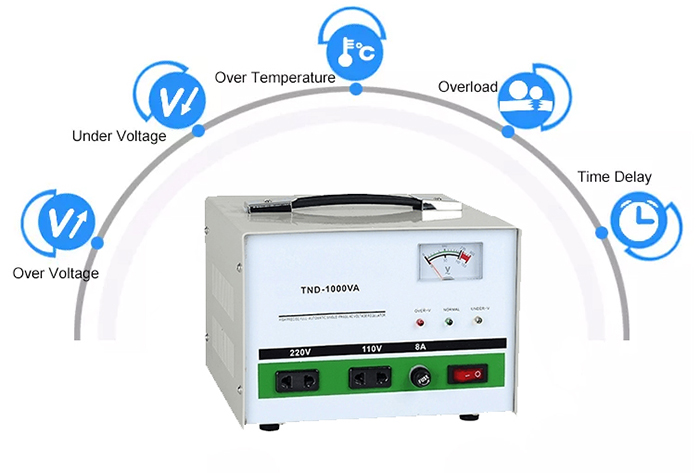The electricity produced in power plants is circulated through the electricity transmission and distribution networks and it is supplied/delivered to consumers; the quality of electricity (known as «Power Quality») is one of the important factors that determine the economic efficiency of both consumers and electrical networks. Electrical devices are designed to work in distributed systems defined by set nominal values in terms of voltage and frequency (for example, 400V at 50Hz).
In actual fact, electric energy distribution might not ensure the stability of said nominal parameters. Voltage in particular can vary even considerably in relation to the nominal value. This variation can cause undesired and potentially dangerous conditions for the users.

Voltage fluctuations can be fast and waste themselves away in a few milliseconds (for example, distribution lines hit by lightning) or slow, with a duration that can last several seconds, minutes, or even hours depending on the cause.
Slow fluctuations can be generated by increased voltage levels (‘surge’ due to poor MV regulation at the distribution level, disconnection of large loads, overvoltage at generators output, etc). Or more frequently – by decreased voltage level (‘sags’ due to the connection of large loads, motor startup, undersized distribution lines, faults to ground, poor MV voltage regulation, etc).
In the case of voltage variation, the voltage stabilizer is the solution that guarantees the best cost/benefit ratio. The continuous availability of stable voltage supply independently from input fluctuation is very often a key feature to ensure efficiency and reliability for the User. Reduced productivity, data loss, security failure, machine faults, inaccurate information, and domestic inconveniences are only a few examples of potential problems caused by unsteady supply. Obviously, all that results in higher managing costs.
